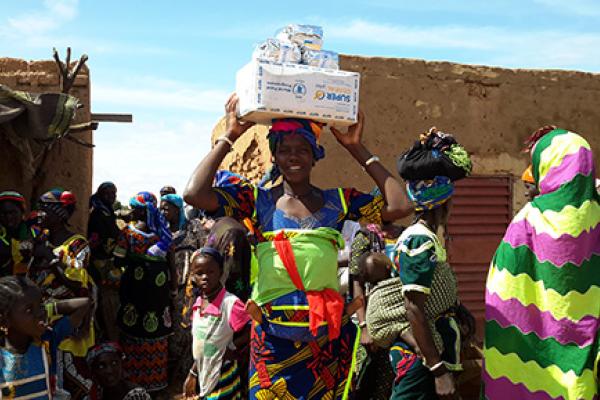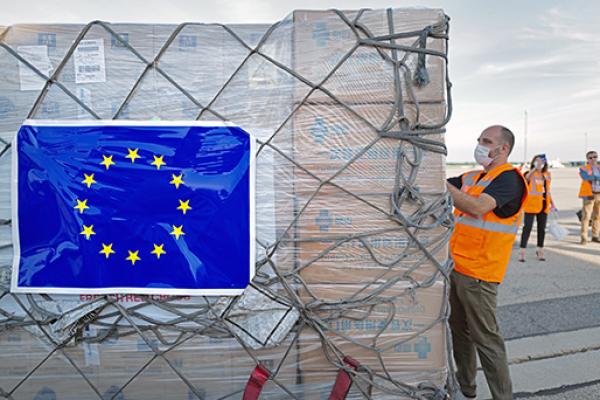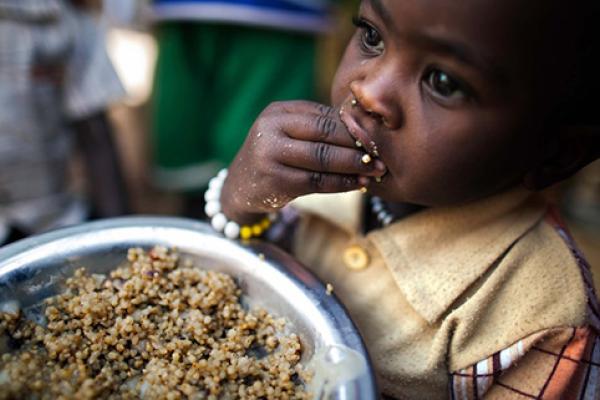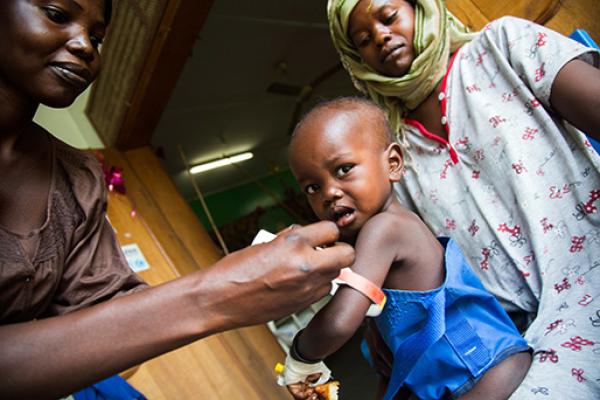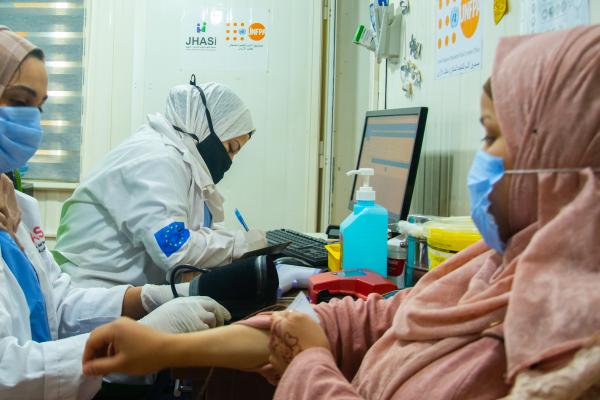Over 40 million people are currently facing starvation in the Sahel, including in Burkina Faso, where conflict is the leading cause of food insecurity. In front of a major humanitarian disaster, the EU is stepping up emergency support to deliver aid to vulnerable populations in areas where access is severely limited.
Currently, up to 1 million people live in areas under armed blockade, according to the United Nations. Some areas have not received any food supplies for several months. Stocks of food and other items are completely exhausted, leading to market closures.
Sebba is one of these cities. Under the blockade of armed groups since June 2022, this town of 25,000 has swelled to 50,000 with the arrival of displaced families.
The town has already run out of food or is about to. Food convoys attempting to reach the town face restrictions or have been attacked. Physical violence is exerted on civilians who dare to venture beyond a kilometre from the city.
To offer some relief to the residents of Sebba, among other isolated towns, the EU launched a Humanitarian Air Bridge operation to deliver by helicopter up to 800 metric tonnes of essential supplies over 3 months.
In 2022, the European Commission allocated €52.6 million in humanitarian aid to Burkina Faso, including for the recent Air Bridge flight.









